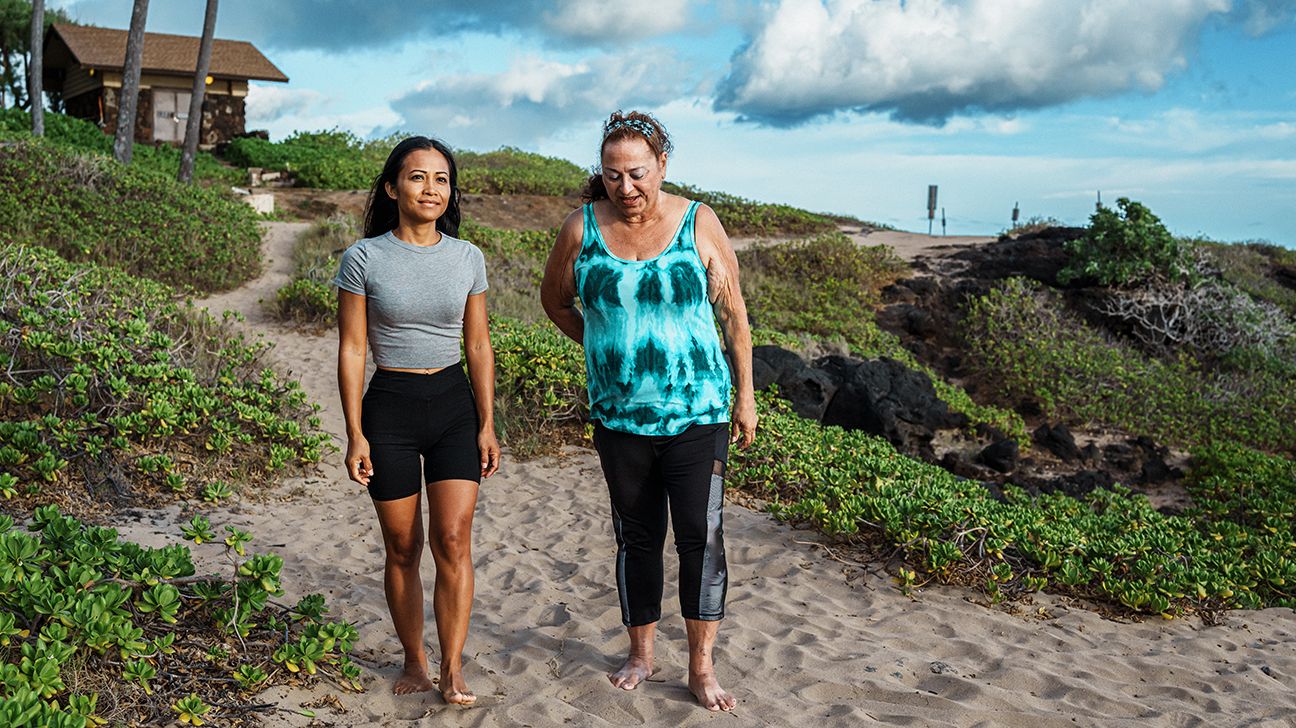While long-term smoking is one of the biggest risk factors for COPD, your environment also plays a massive role. If you have COPD, living somewhere with low pollution levels can help you manage your symptoms.

For people living with chronic obstructive pulmonary disease (COPD), everyday life can be difficult. COPD is a group of progressive lung diseases, including emphysema and chronic bronchitis.
About 30 million Americans have COPD, and more than half are unaware of it.
You may know that smoking and genetic factors increase your risk of COPD — but your environment plays a big role, too. Where and how you live can greatly affect how severe your COPD symptoms are.
Because COPD directly affects your ability to breathe well, good air quality is extremely important.
If you have COPD, learn more about the environmental risk factors and the best places to live (and breathe) your best life.
Over a long period of time, exposure to irritants and pollutants can increase your risk of COPD. It can also worsen symptoms if you already have the condition.
Tobacco smoke is the most significant risk factor for COPD, so long-term cigarette smokers face the highest risk. But people who have continued exposure to large amounts of secondhand smoke are also at increased risk of COPD.
Other environmental risk factors for COPD include long-term exposure to:
- chemical fumes, vapors, and dust in the workplace
- burning fuel fumes, such as from gas used for cooking and heating, paired with poor ventilation
- air pollution
In a nutshell, what you breathe affects your risk of COPD. The fewer pollutants and particulate matter, the better.
Understandably, the best places to live for people with COPD are those with good air quality. Today, many cities around the world have high levels of air pollution — some to the point of danger.
Other cities are leading the way in clear air. These places make great homes for people living with COPD.
According to the State of the Air report published in 2023 by the American Lung Association (ALA), these are the top-ranked cleanest cities by year-round particle pollution:
- Kahului-Wailuku-Lahaina, Hawaii
- Urban Honolulu, Hawaii
- Cheyenne, WY
- Wilmington, NC
- Bangor, ME
- Bellingham, WA
- St. George, UT
- Duluth, MN
- Amarillo-Pampa-Borger, TX
- Colorado Springs, CO
Besides air quality, climate and access to doctors are also important factors when choosing a COPD-friendly place, said Dr. Harlan Weinberg, medical director of pulmonary medicine and critical care services at Northern Westchester Hospital in New York.
“The best climate to live in with COPD would be an area that avoids temperature extremes. Try to find an area that is cool, dry, with low humidity, and that has good medical resources and care for COPD,” he advised.
Some cities around the world are notorious for their polluted air. These places are often industrial centers with large populations and weak environmental regulations.
In the United States, the ALA’s most polluted areas by year-round particle pollution are:
- Bakersfield, CA
- Visalia, CA
- Fresno-Madera-Hanford, CA
- Los Angeles-Long Beach, CA
- Fairbanks, AK
- Sacramento-Roseville, CA
- Medford-Grants Pass, OR
- Phoenix-Mesa, AZ
- San Jose-San Francisco-Oakland, CA
- Indianapolis-Carmel-Muncie, IN
Maintaining a smoke-free home is one of the most important ways you can decrease your and your family’s chances of developing COPD or worsening symptoms. There are other things you can do around your home to improve air quality as well.
Weinberg recommends these everyday tips to help you breathe more easily in your home:
- Avoid harsh chemical cleaners, sprays, and powders.
- Keep your home dust-free and avoid dusty areas as much as possible.
- Use an air purifier.
- Avoid direct contact with people who have symptoms of an illness.
Burning wax candles can also irritate your airways, so you should ask your doctor whether they’re safe.
“One huge thing I was doing wrong was using popular [brand] candles around the house,” said Elizabeth Wishba, who lives in Bakersfield, California and has managed COPD for more than 10 years.
“These candles are made with petroleum-based wax and scents … very bad for COPD, asthma sufferers. I started making my own soy candles with essential oils and selling them online. Now I can still enjoy candles without the effects that worsen my symptoms.”
Because COPD can go undetected, it’s important to know early signs of the condition. Some of the most common COPD symptoms to look out for include:
- breathlessness, shortness of breath, or difficulty breathing, especially during physical activity
- wheezing
- tightness in the chest
- chronic cough with or without mucus
- needing to clear your throat in the morning because of excess mucus in your lungs
- frequent respiratory infections
- blueness of the lips or fingernail beds
- lack of energy
- weight loss, especially in the later stages of the condition
- swelling in the ankles, feet, or legs
COPD can cause an ongoing cough. In early stages, it may limit your activity levels only a little. In more serious cases, you may need to use an oxygen tank and experience significant changes to your quality of life.
There isn’t a cure for COPD, but you can slow its progression and ease symptoms. Living in cities that make clear air a priority and maintaining a smoke-free home without pollutants are the best ways to make the most of life with COPD.
